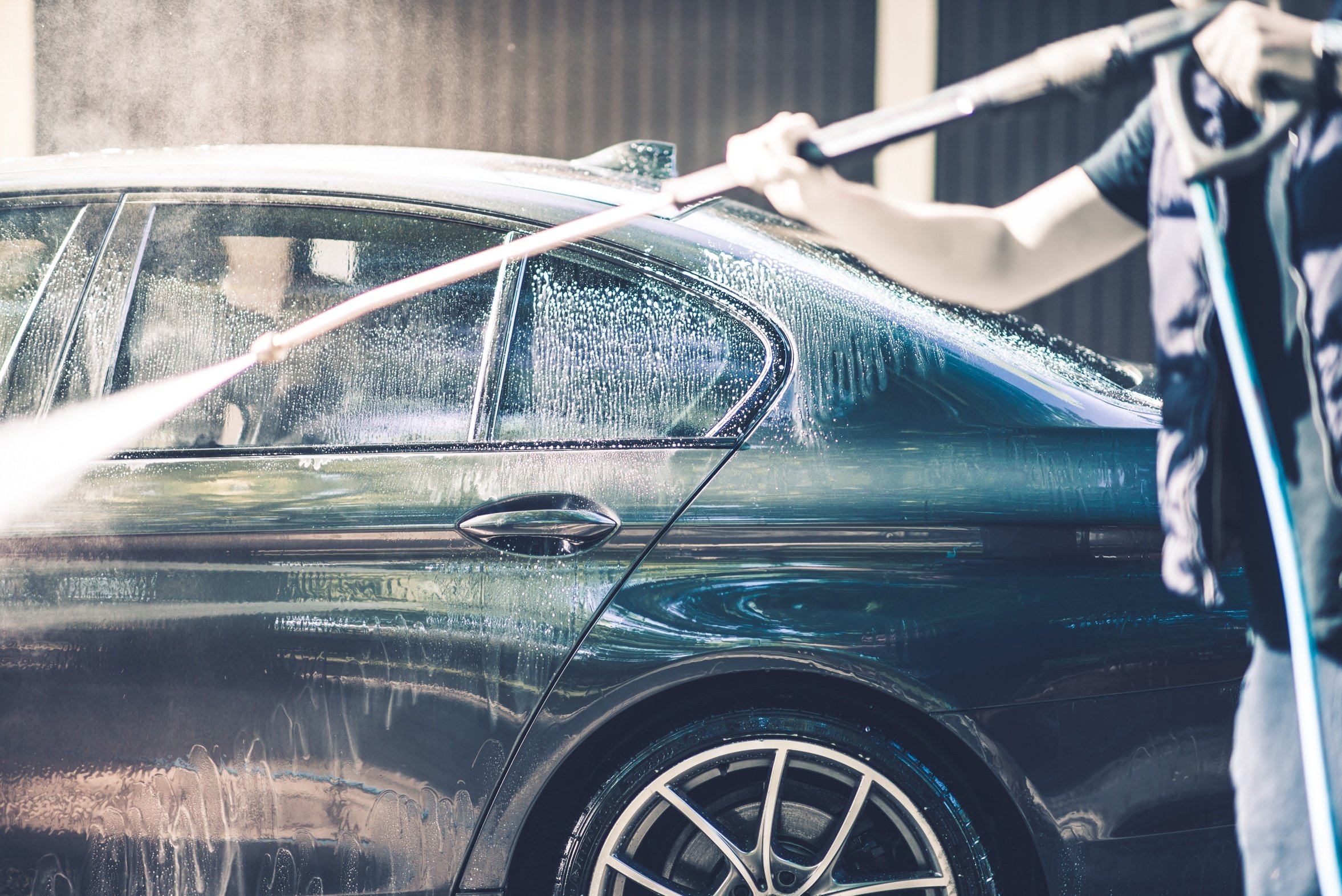High-pressure cleaning has become an indispensable tool in upkeeping the cleanliness and aesthetic of both domestic and industrial properties. Many property owners and companies alike are realizing the eco-friendly benefits of this robust cleaning technique, which not just enhances the look of surfaces but likewise contributes to a safer environment. With a growing emphasis on sustainability, comprehending what pressure washing is and how it can be implemented responsibly can make a significant difference in the effectiveness of your maintenance efforts.
For those not acquainted with the idea, pressure washing employs a high-pressure water spray to blast away dirt, mold, mildew, and additional contaminants from multiple surfaces. This method is not just about appearance; it plays a important role in safeguarding materials and extending the longevity of your property. As we discuss the various aspects of pressure washing, from the benefits of specialized services to differentiation with soft washing, you'll gain understanding into how this sustainable technique can elevate your space while being mindful of the environment. If you are considering a DIY strategy or contracting a contractor, the right knowledge will permit you to make wise decisions for your property.
Understanding Pressure Washing
Pressure washing is a strong sanitizing method that uses a intense stream of water to remove grime, stains, mildew, algae, and various contaminants from multiple surfaces. It is typically used on houses, walkways, porches, terraces, and business premises. The technique involves a specific machine that can create water pressure typically ranging from 1300 to three thousand psi, allowing it to successfully clean solid surfaces without the requirement for strong chemicals.
The procedure of pressure washing can be divided into various applications based on the area being cleaned. For example, cement surfaces generally require higher pressure due to their resilience, while more delicate surfaces like timber may need a more gentle approach, usually referred to as low-pressure washing. This difference is vital, as using the wrong pressure can lead to damage, such as breaking wood or etching concrete. Understanding these variations helps homeowners and real estate owners make wise choices on how to sanitize their surfaces safely.
Additionally, the ecological effects of pressure washing can be reduced by using eco-friendly cleaning agents and techniques. Many contractors now provide environmentally sound alternatives that effectively clean surfaces without the damaging effects of standard chemicals. This approach not only maintains the ecosystem but also guarantees the protection of flora and animals in the area. As knowledge of green practices increases, pressure washing is evolving to fulfill the demand for sustainable cleaning methods.
Benefits of Expert Pressure Washing
Hiring a professional for pressure washing ensures that your property receives the highest possible care. Specialists have the appropriate equipment, experience, and training to efficiently remove dirt, grime, and contaminants from various surfaces without causing damage. Their skills allows them to assess your specific needs and tailor their approach accordingly, resulting in a thorough clean that can refresh your property’s exterior.
One notable advantage of professional pressure washing is the time and energy it saves you. Cleaning large areas, especially those high up or hard to reach, can be a challenging task for inexperienced individuals. Experts not only complete the job faster but also work with the best cleaning solutions and techniques to yield superior results. This efficiency means you can focus on more important tasks while leaving the hard work to experienced technicians.
Another benefit is the long-term protection that professional pressure washing provides for your property. Regular cleaning helps prevent the buildup of mold, mildew, and other harmful substances that can damage various surfaces. By investing in https://maroon-eagle-nq7h89.mystrikingly.com/blog/pressure-washing-myths-explained-important-facts , you enhance the longevity of your siding, driveway, and outdoor living spaces while also potentially boosting your property's value and curb appeal. This proactive approach to maintenance is crucial in preserving the beauty and integrity of your home.
Proper Techniques for Safe Pressure Washing

To achieve successful pressure washing results, it is important to use the appropriate techniques that avoid damage to surfaces and ensure your safety. Initially, always start with a thoroughly detailed inspection of the area you're about to clean. Remove any loose debris, furniture, or obstacles to create a unobstructed workspace. It is also important to test the pressure washer on a limited, subtle area to gauge its performance and check for any potential damage before proceeding with the entire surface.
When pressure washing, maintain a steady distance from the surface you are cleaning. Typically, a distance of twelve to eighteen inches is suggested, allowing the water pressure to purify effectively without causing surface damage. Use a gentle motion rather than a concentrated spray to avoid removing away paint or damaging wood. For delicate surfaces, consider using a low-pressure washing technique, which combines low pressure with specialized cleaning solutions to softly wash without harsh impacts.
Safety gear is essential when pressure washing. Always put on protective eyewear to guard against debris and chemicals, gloves to safeguard your hands, and safe footwear to provide stability on wet surfaces. Additionally, it is wise to turn off power outlets and secure electrical outlets before initiating the washing process. By following these techniques, you can reap the advantages of pressure washing while maintaining safety and preserving your property's integrity.
